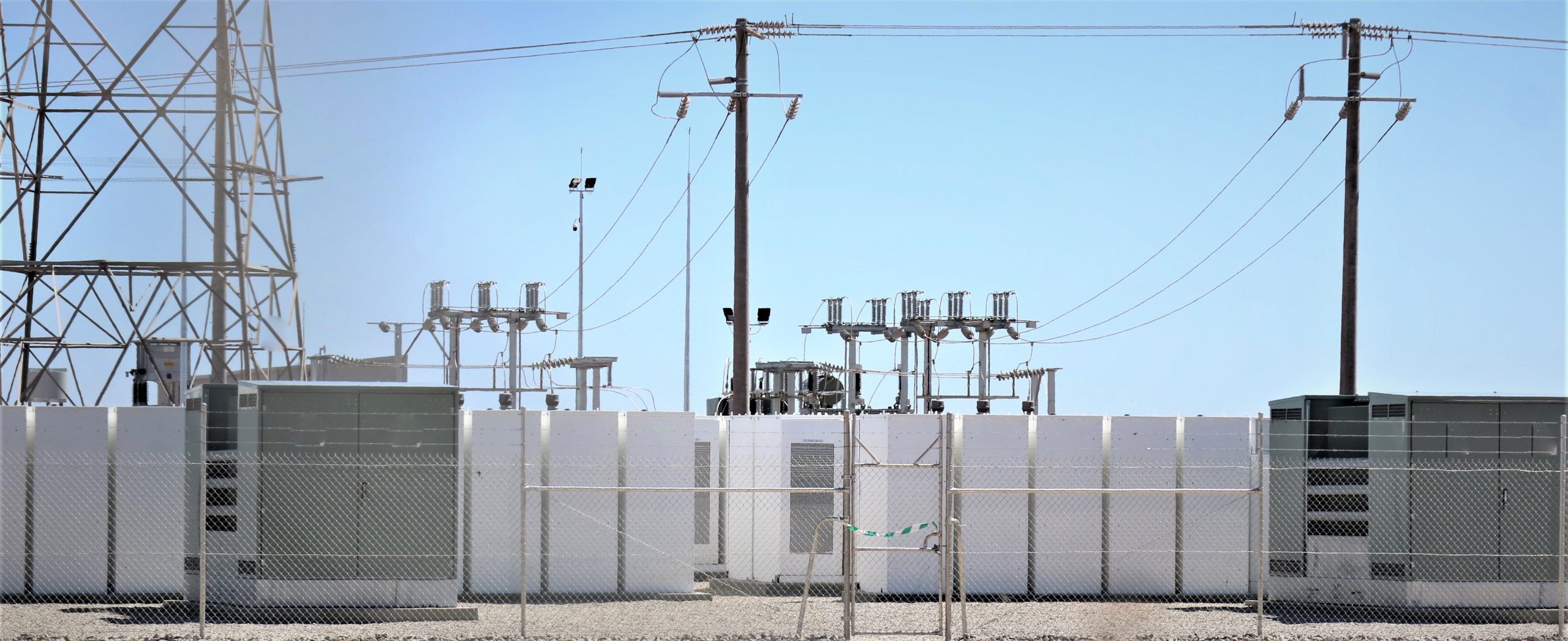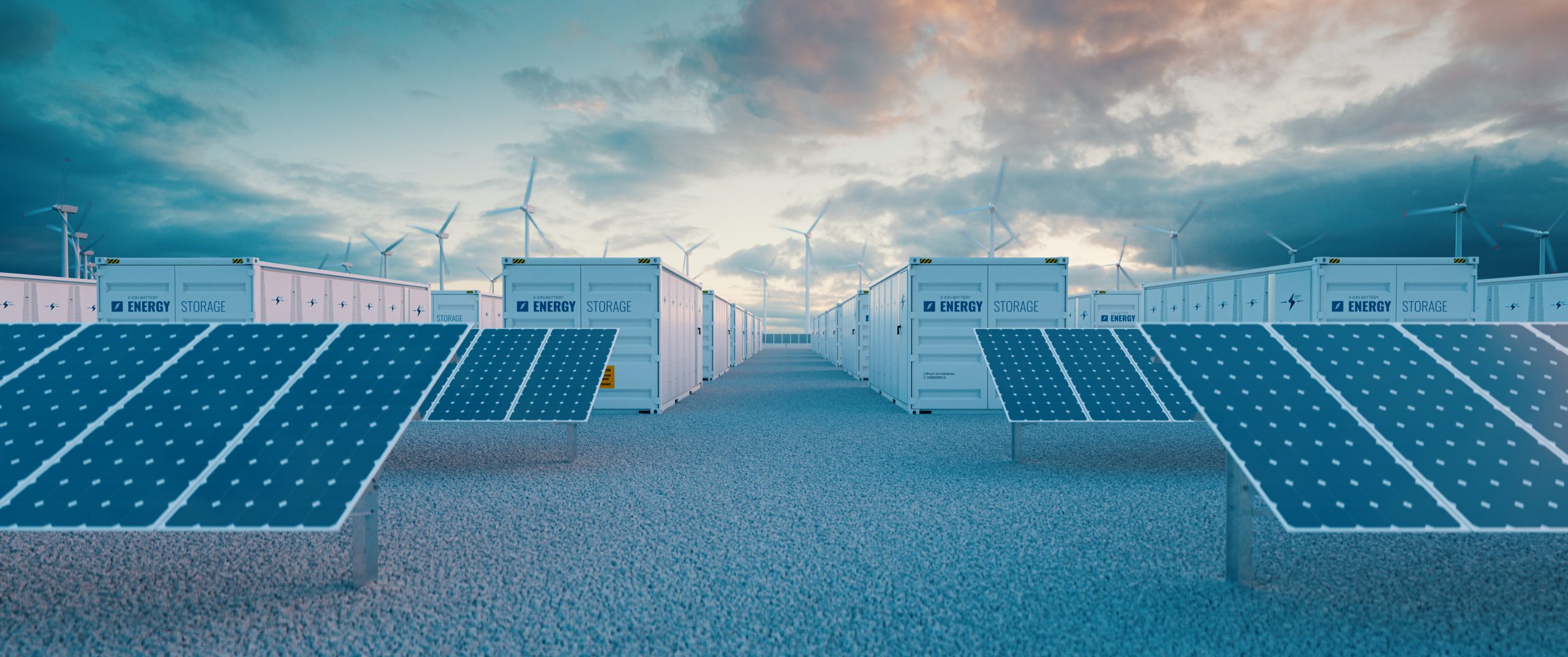About Batteries - Megawatt Mosaic
- Home
- About Batteries
Broad Motivation for BESS Use
The Need for Flexibility
The strengthening political will to fight climate change, coupled with the declining cost of renewables, has made it increasingly likely that the global energy system will be completely decarbonised over the next few decades. Whilst this is undoubtably great for the planet, this transformation comes with its challenges. Chief amongst these is a loss of electricity system flexibility that goes hand-in- hand with this transformation. This mainly means the loss of an ability to adjust electricity supply so that it matches demand in real-time - which it must - and so that the physical infrastructure that transports the electricity - the wires, substations, etc. - is not overwhelmed. Adjusting demand to supply can also help with this task but to a lesser extent. A loss of flexibility makes it harder to keep the electricity system stable and operating, and to do so at a reasonable cost, with electricity consumers ultimately paying the price. On the supply side, the current and expected further loss of flexibility stems from the replacement of centralised, thermal generation - coal and nuclear in particular - with decentralised, weather-dependent renewables, mainly wind and solar.

Types of Flexibility
Thankfully, there are a number of ways of increasing electricity and wider energy system flexibility. Given the scale of the problem we are likely to need them all. These methods are summarised neatly in Figure 10. We will not discuss non-BESS solutions in any detail in this report, but it is worth pointing out what makes BESSs a useful source of flexibility, particularly in comparison to what is usually touted as their main competitor - the installation of new gas-powered generation to meet peak demand; these are known as ‘gas peakers’. BESSs are, among other things:
- Low carbon. BESSs generate no direct emissions but may have emissions associated with their electricity consumption (and manufacture and construction).
- Versatile. BESSs are able to provide both supply- and demand- side flexibility across a range of potential locations, scales and use cases. We cover use cases later.
- Quickly and easily deployable. BESSs usually come in modular form and a large-scale facility can be built in a few months, quicker than most alternatives.
- Very quick-responding and accurately-controllable. BESSs can respond in fractions of a second, as fast or faster than alternatives.
- Low cost. BESSs, either in standalone form or co-located with renewables, are increasingly competitive versus alternatives, gaspeakers most notably. We look at cost in more detail later.

